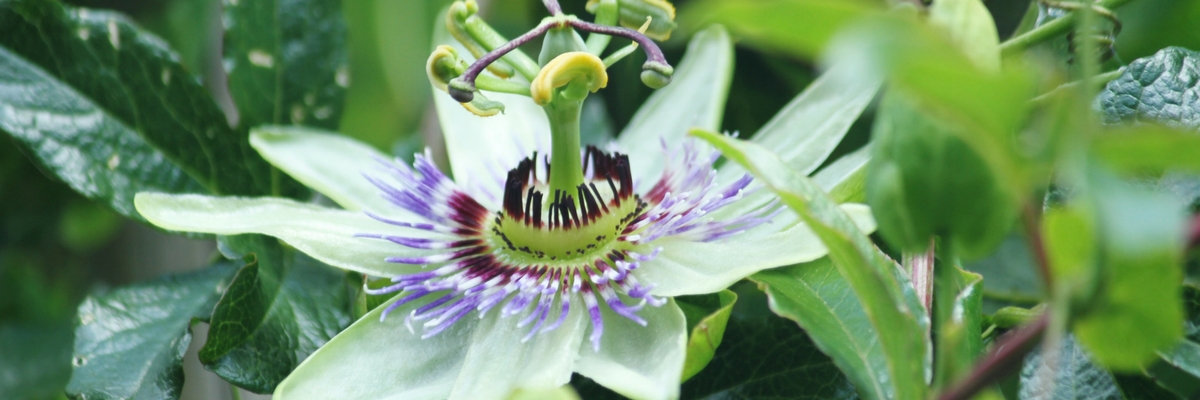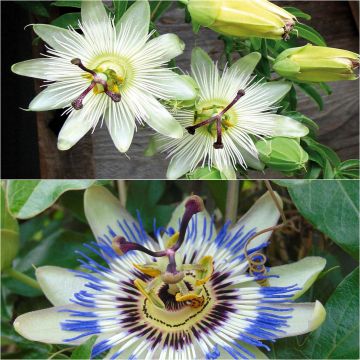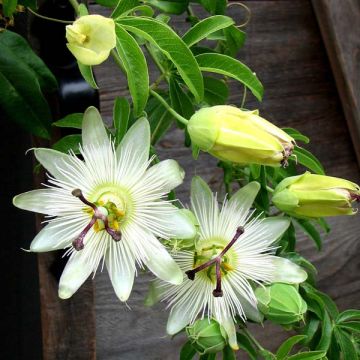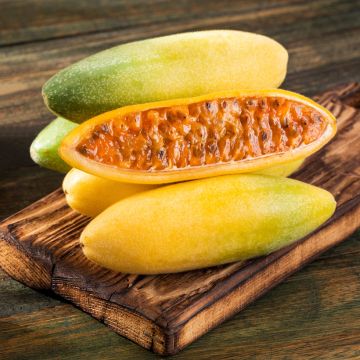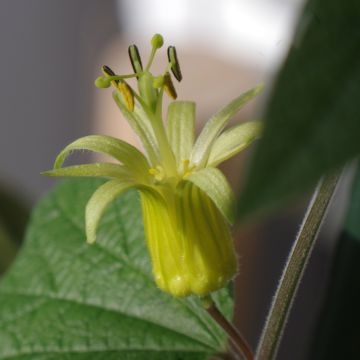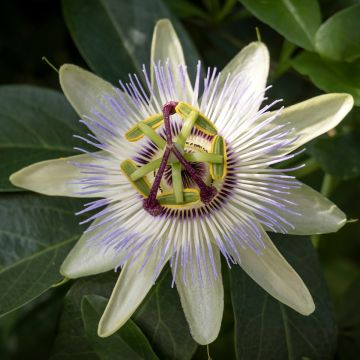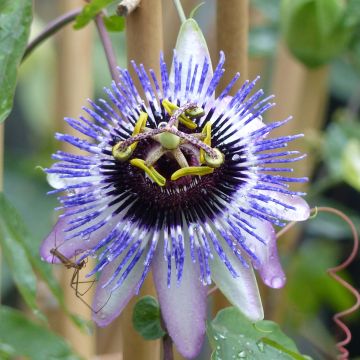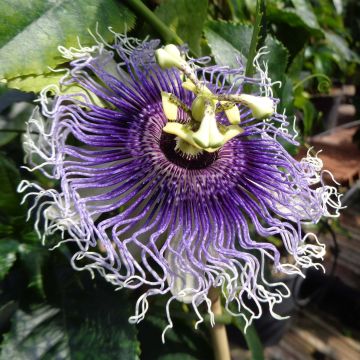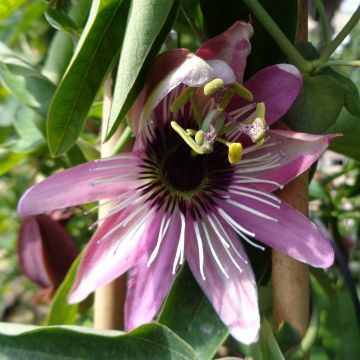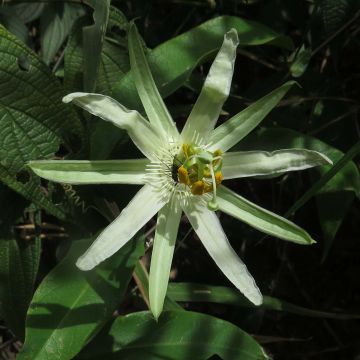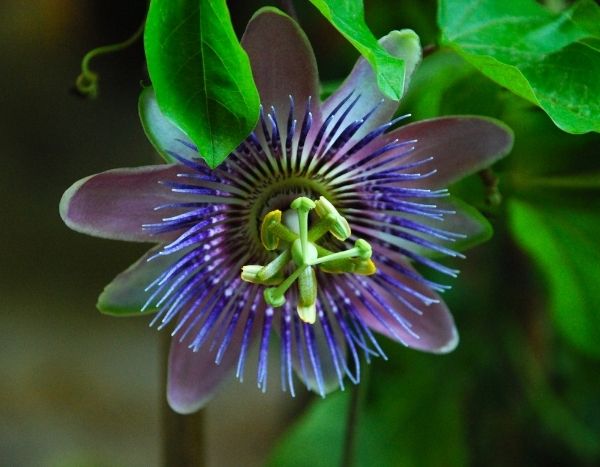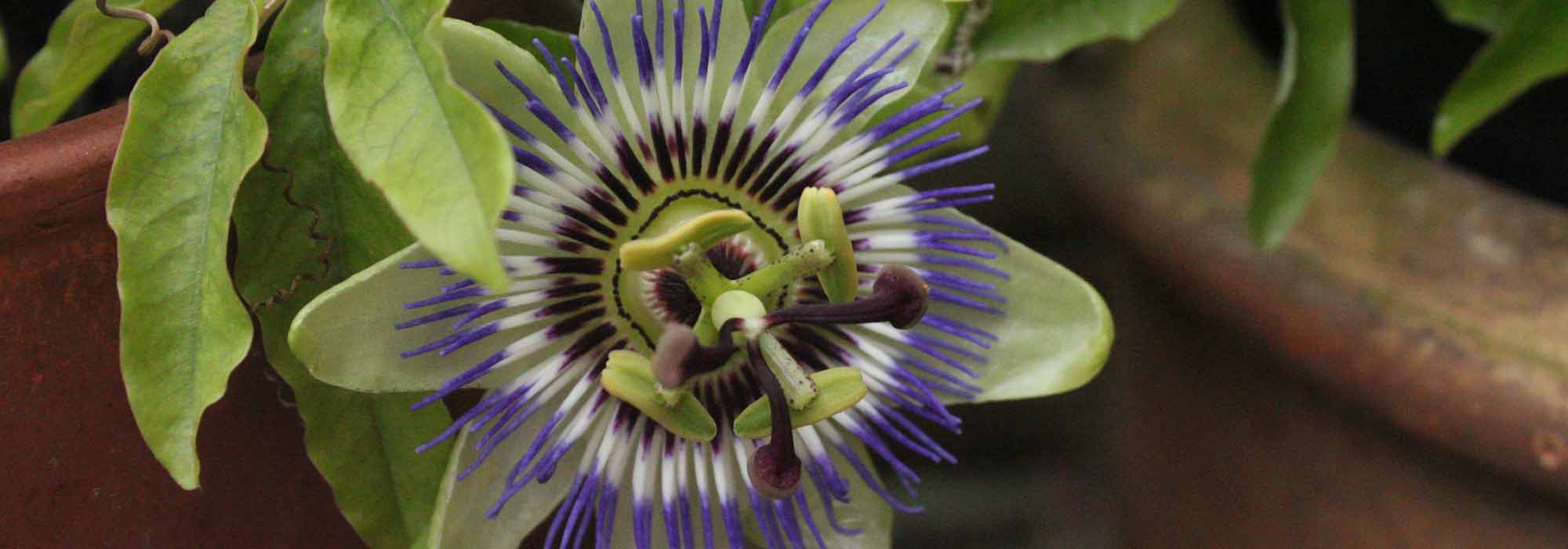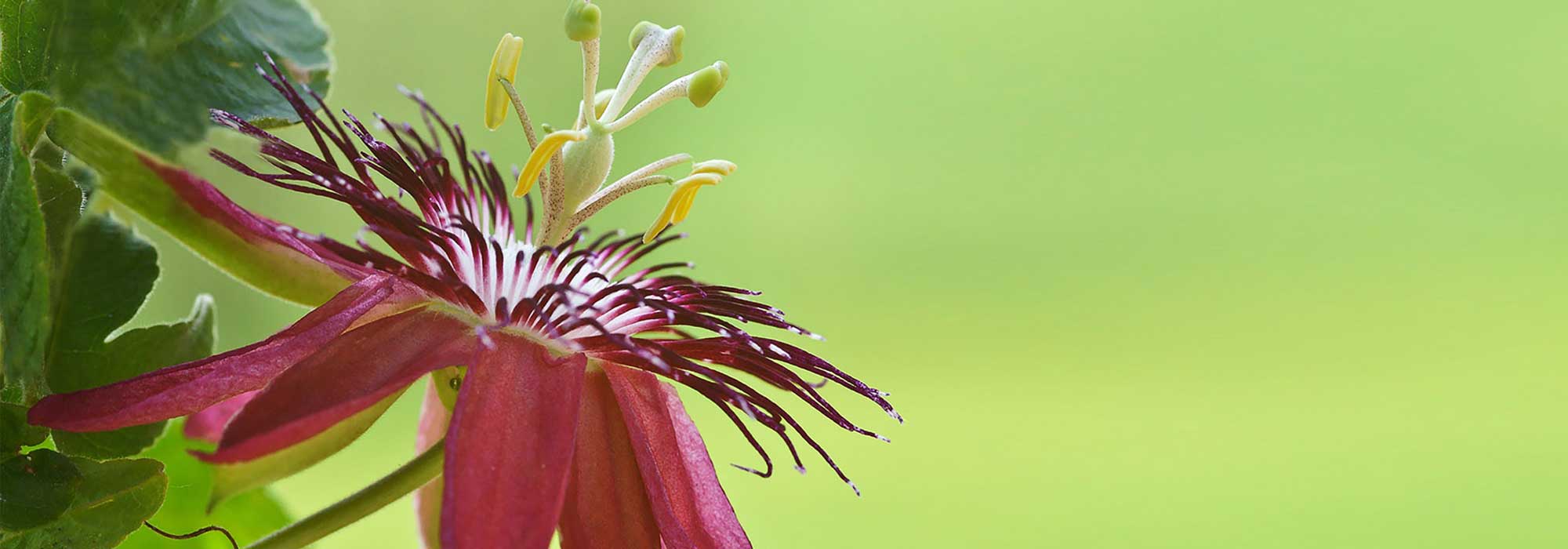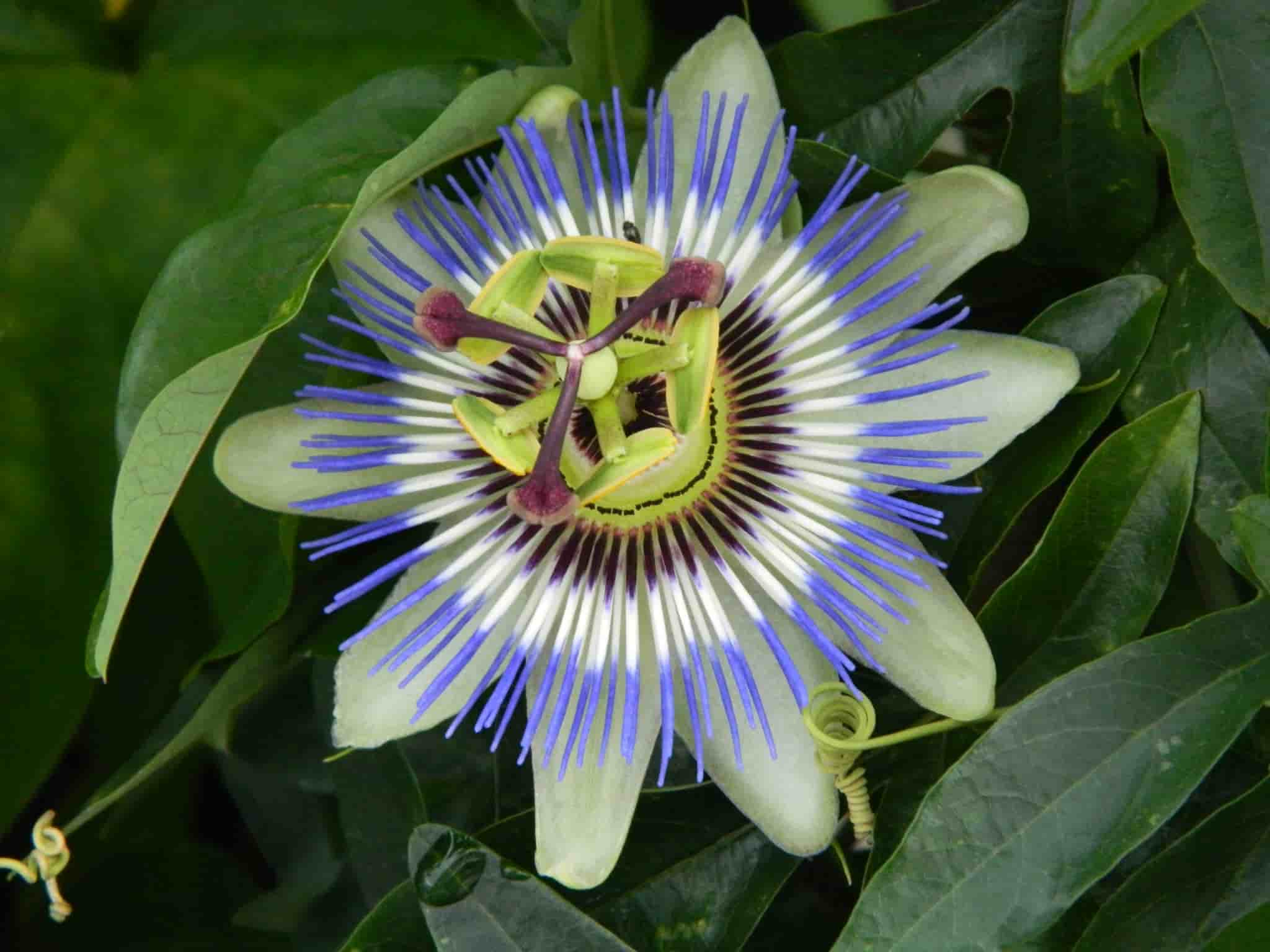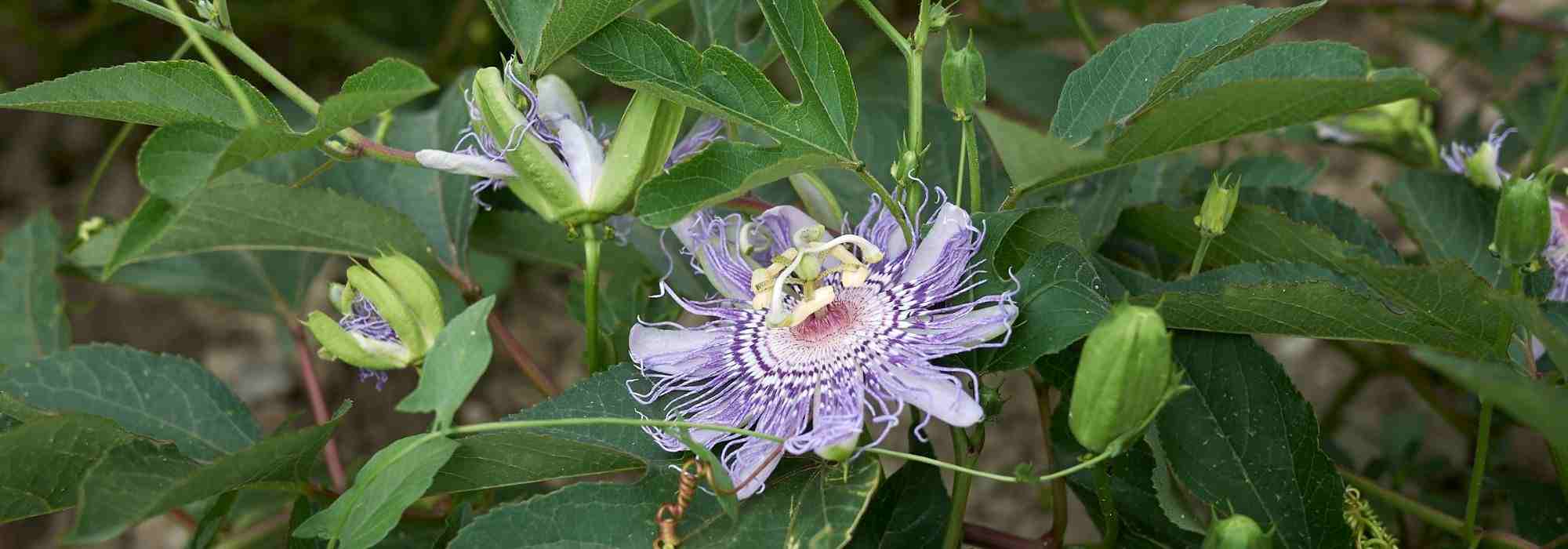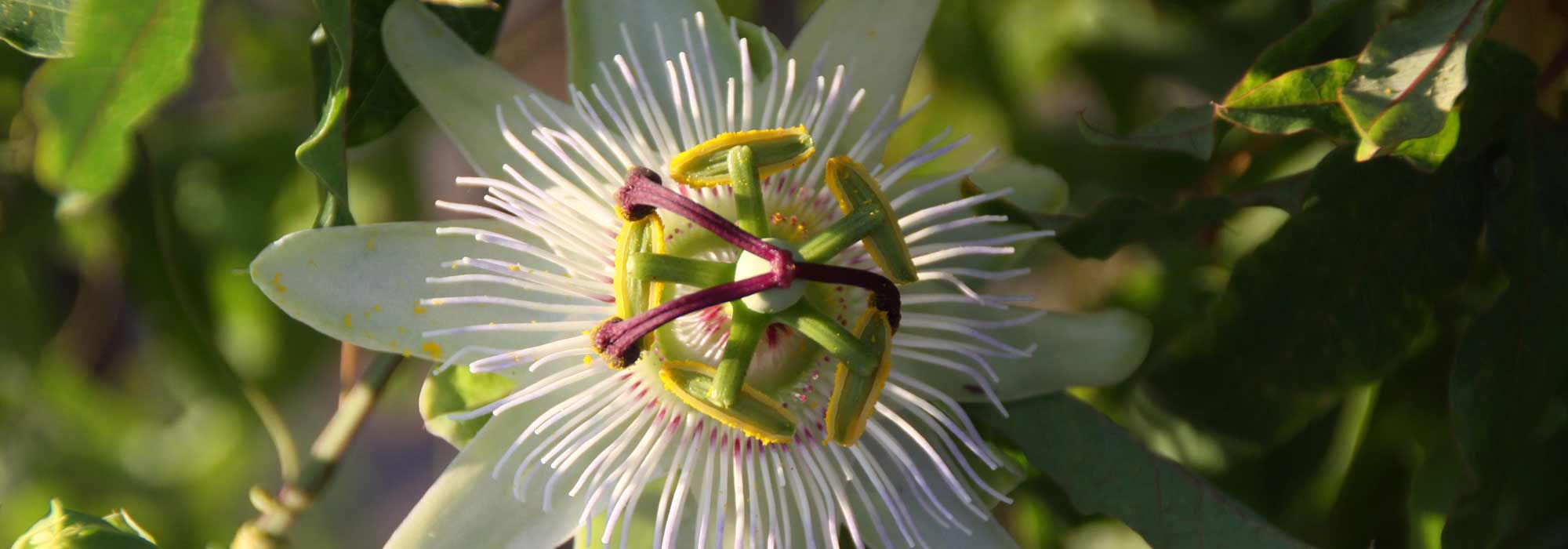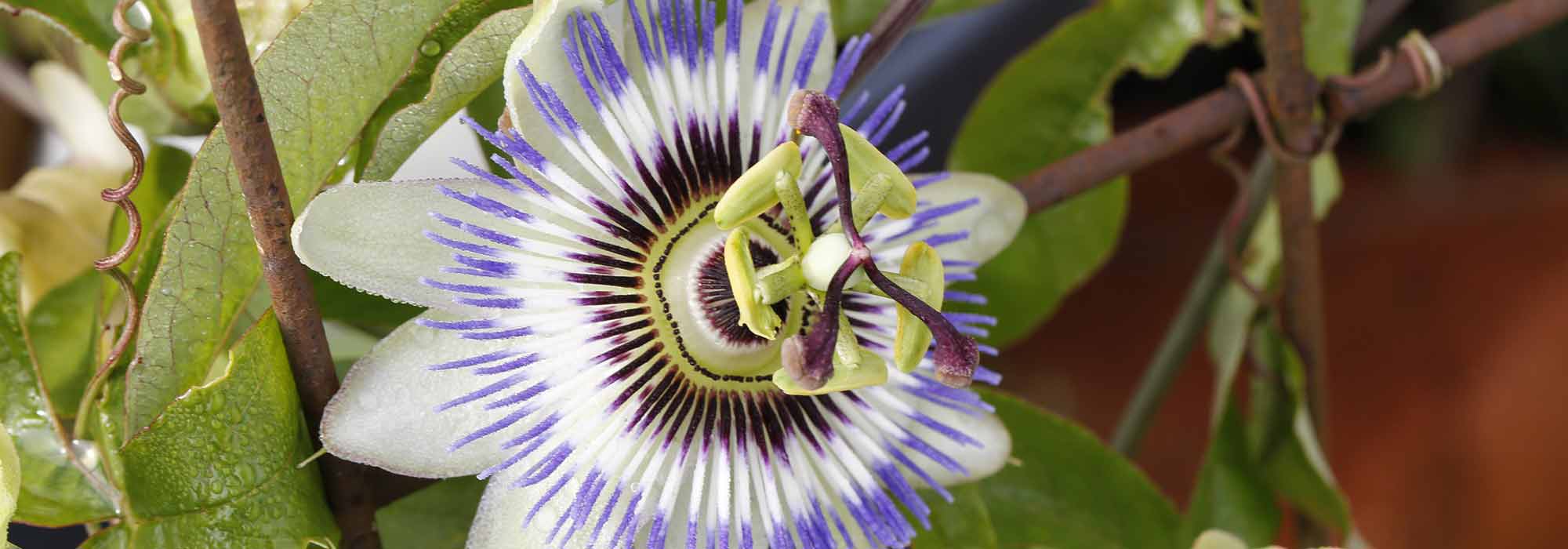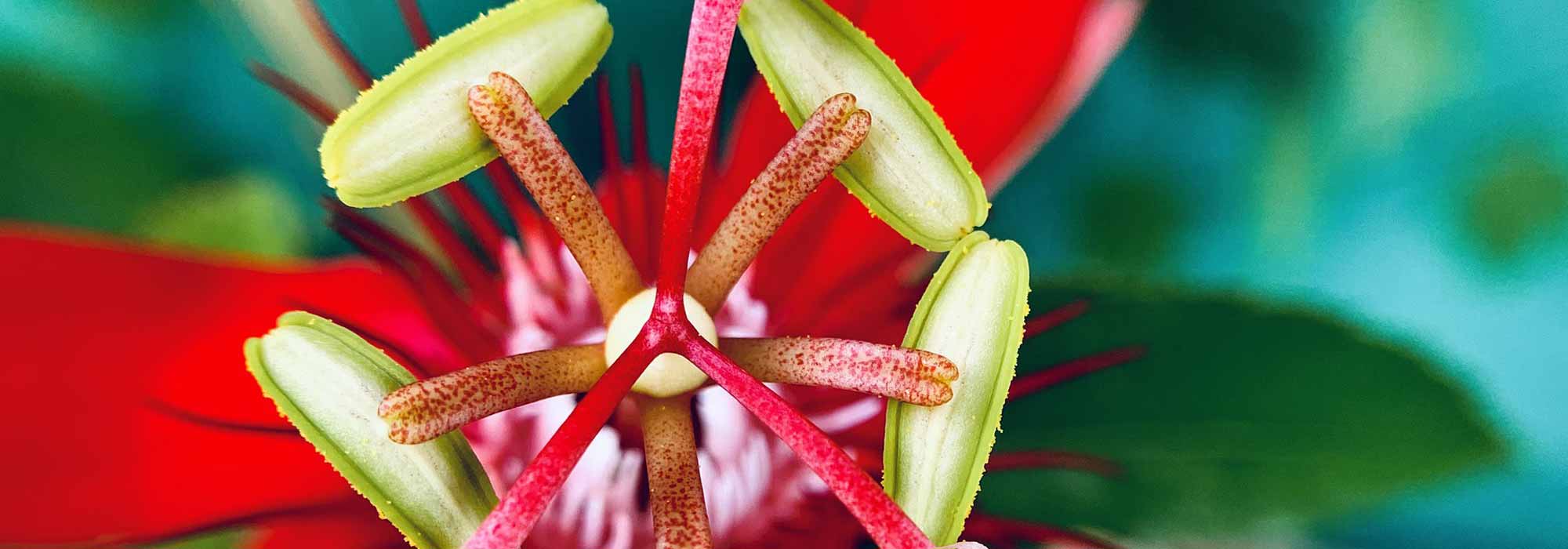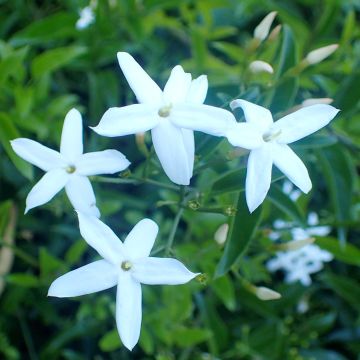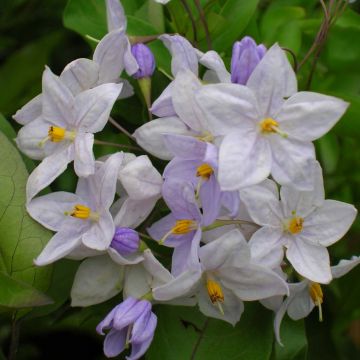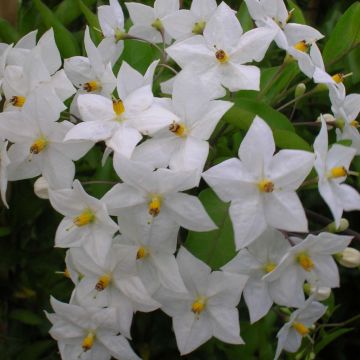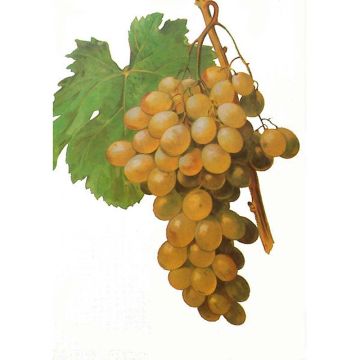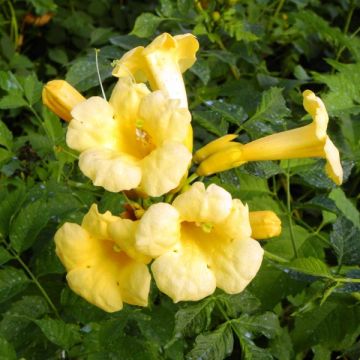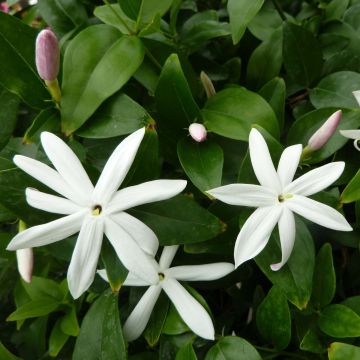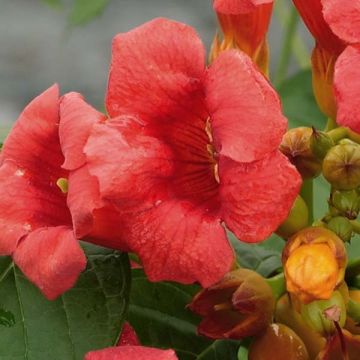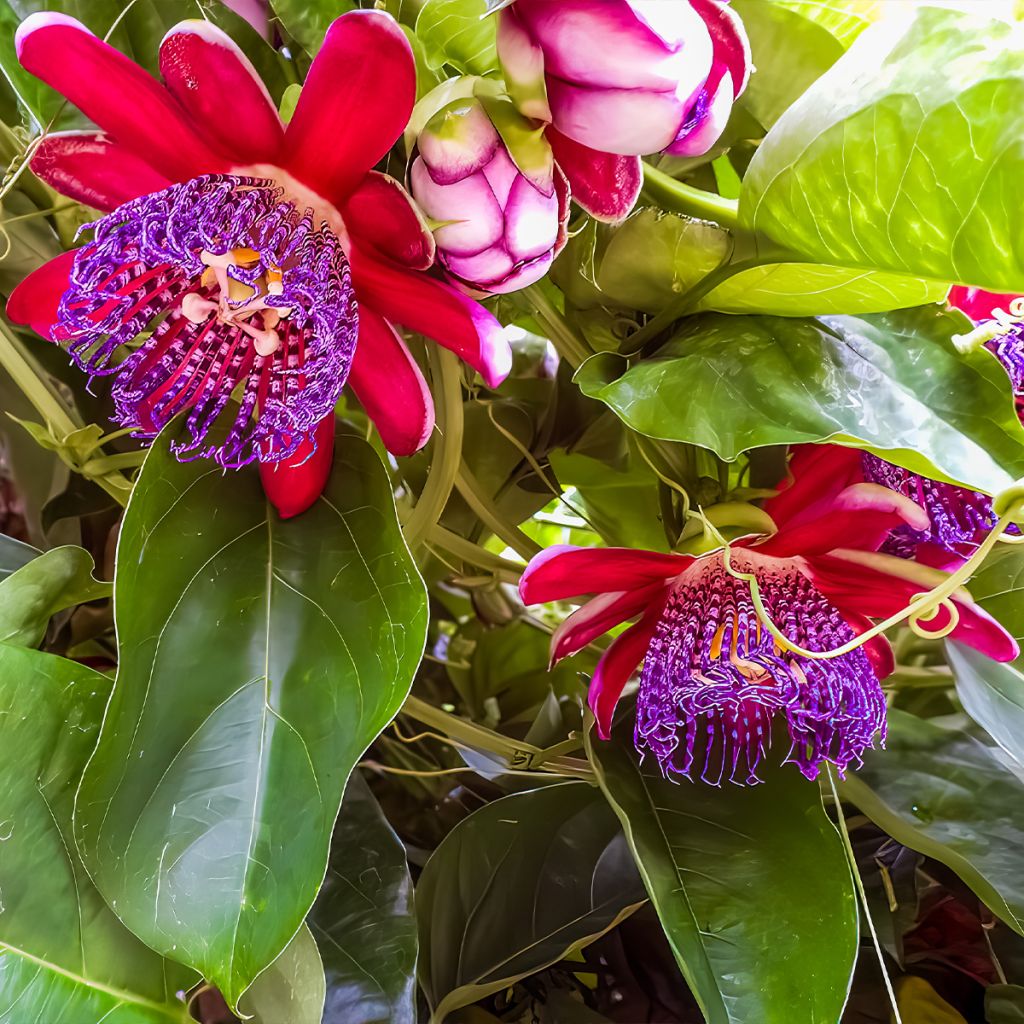

Passiflore quadrangularis - Barbadine
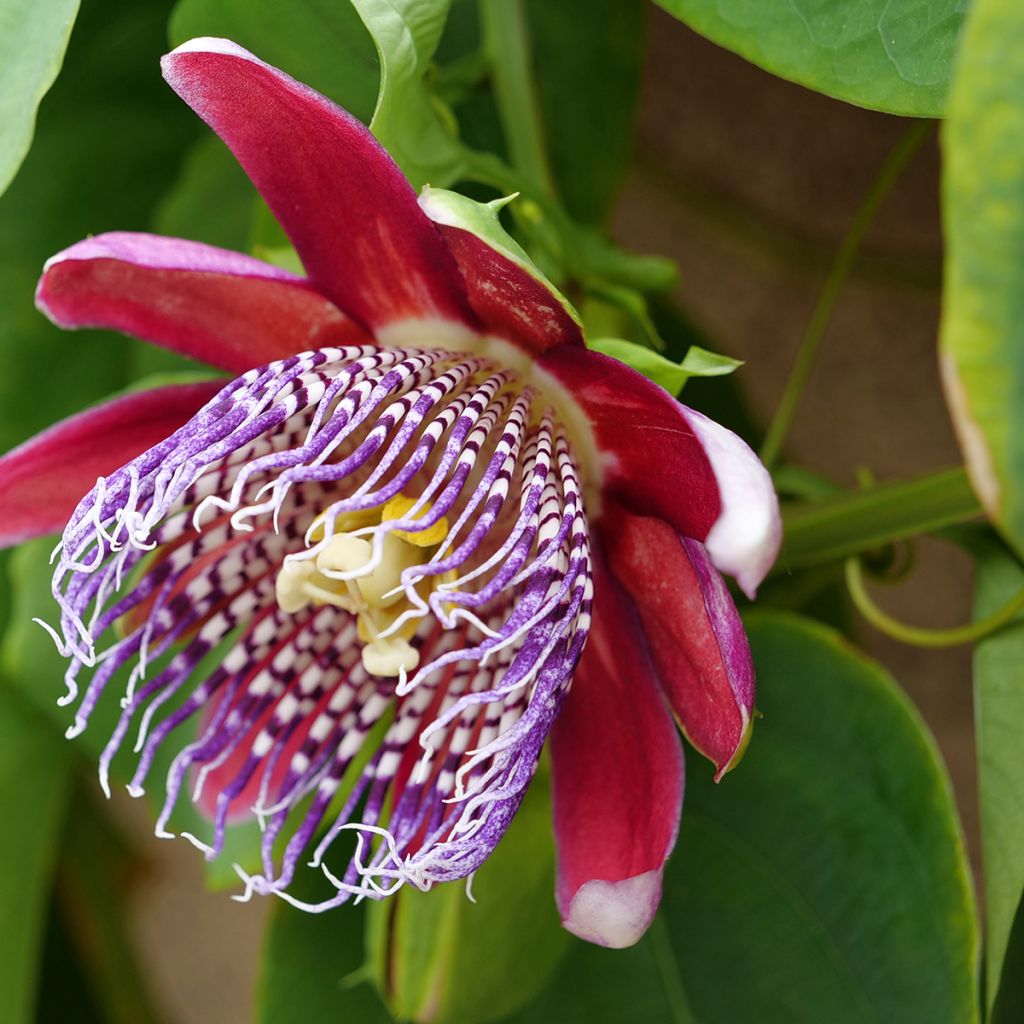

Passiflore quadrangularis - Barbadine
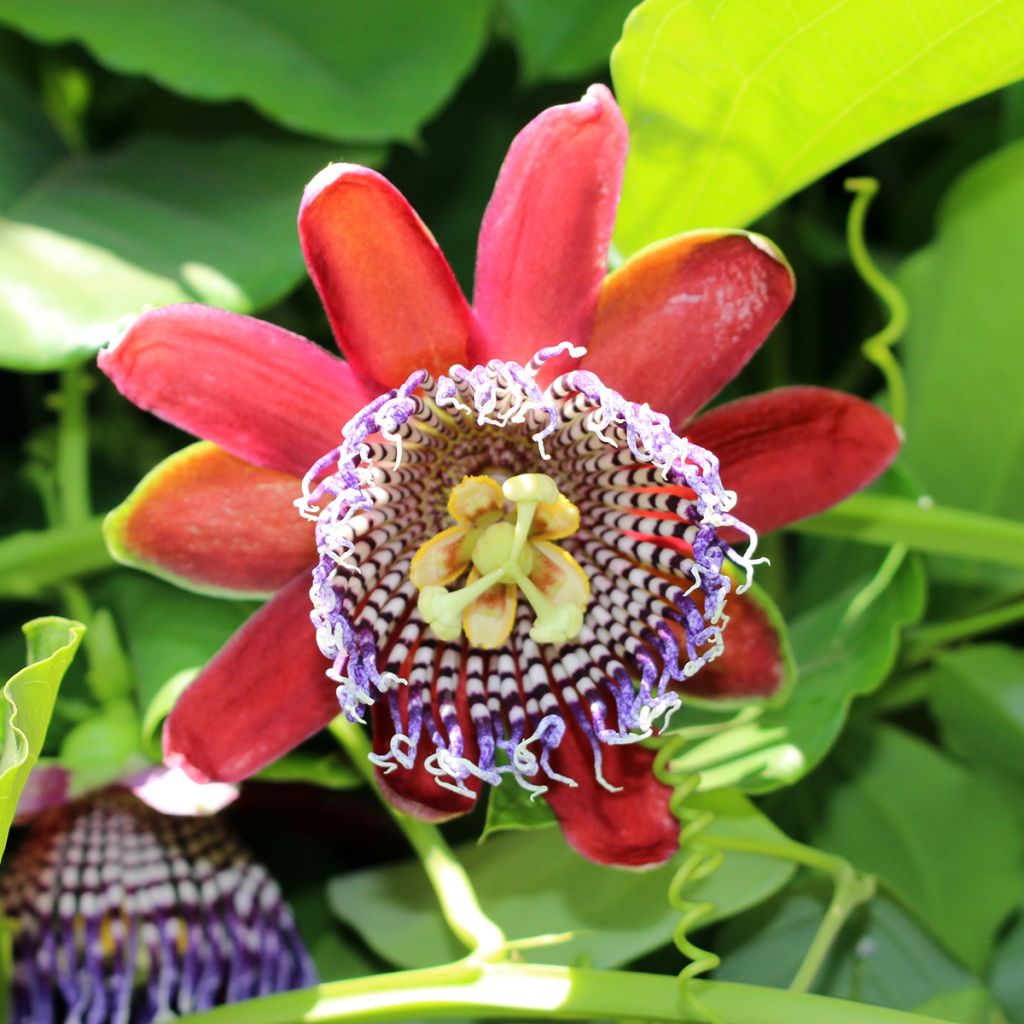

Passiflore quadrangularis - Barbadine
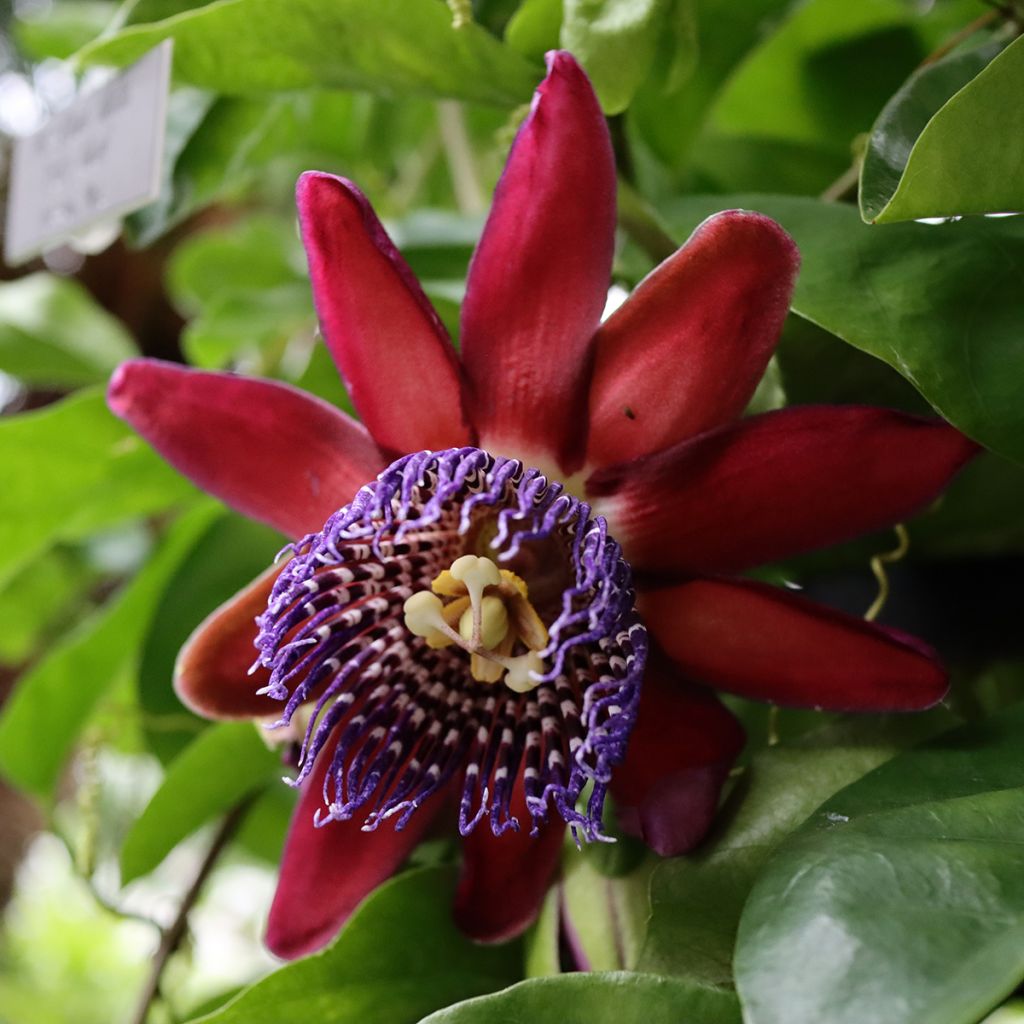

Passiflore quadrangularis - Barbadine
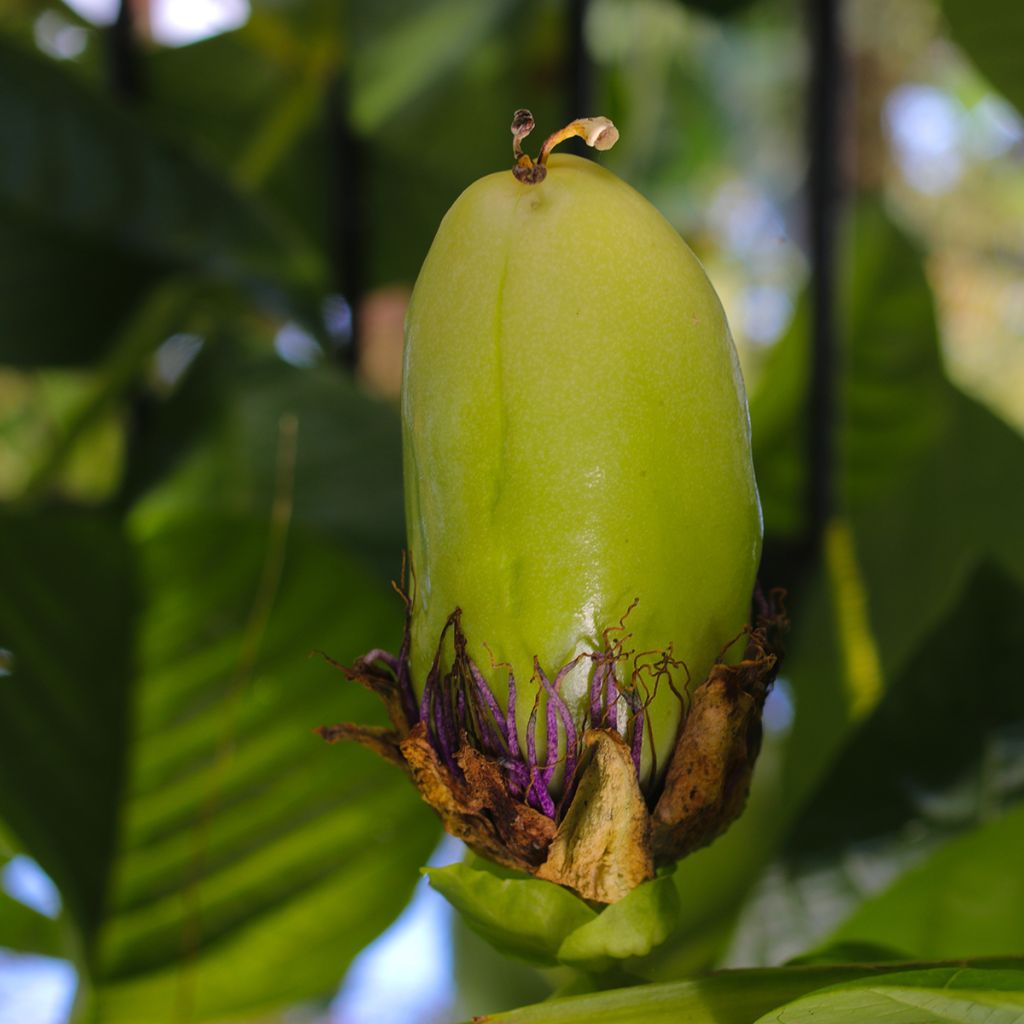

Passiflore quadrangularis - Barbadine
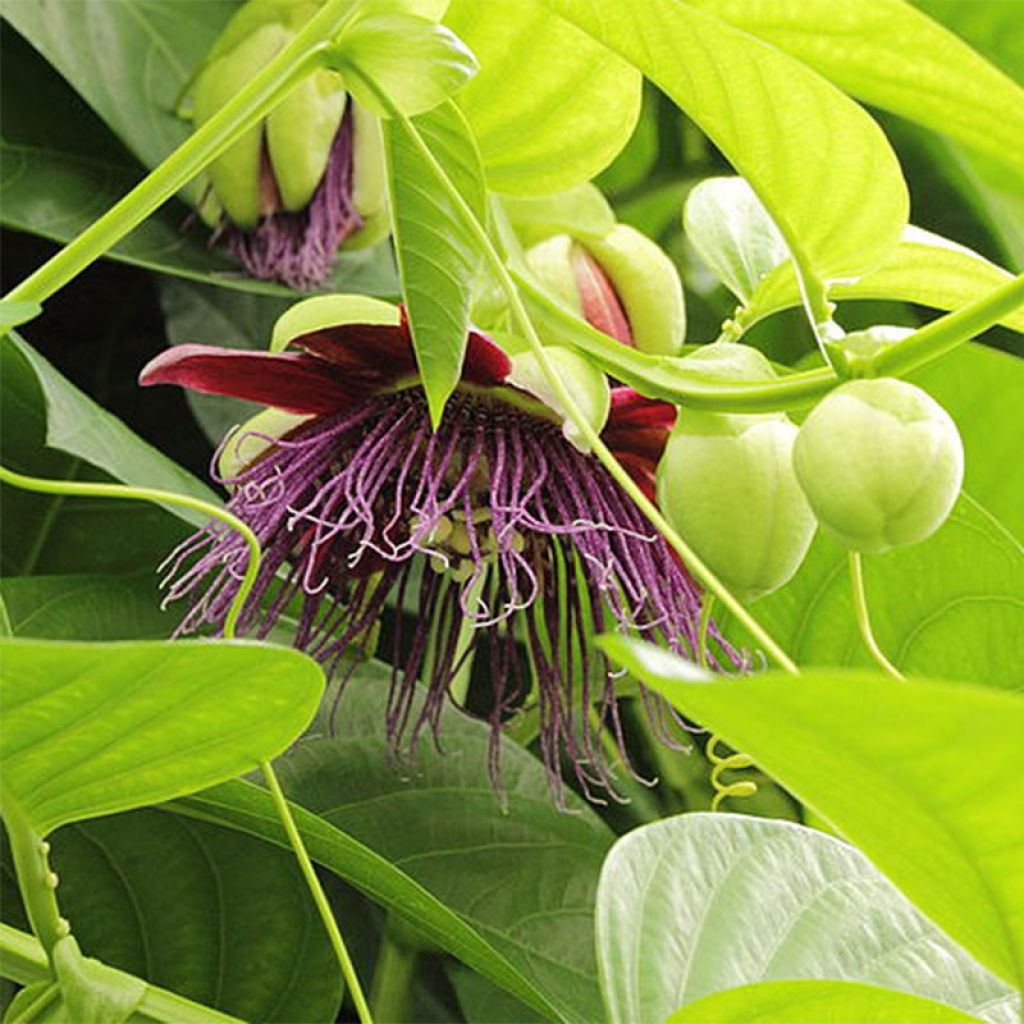

Passiflore quadrangularis - Barbadine
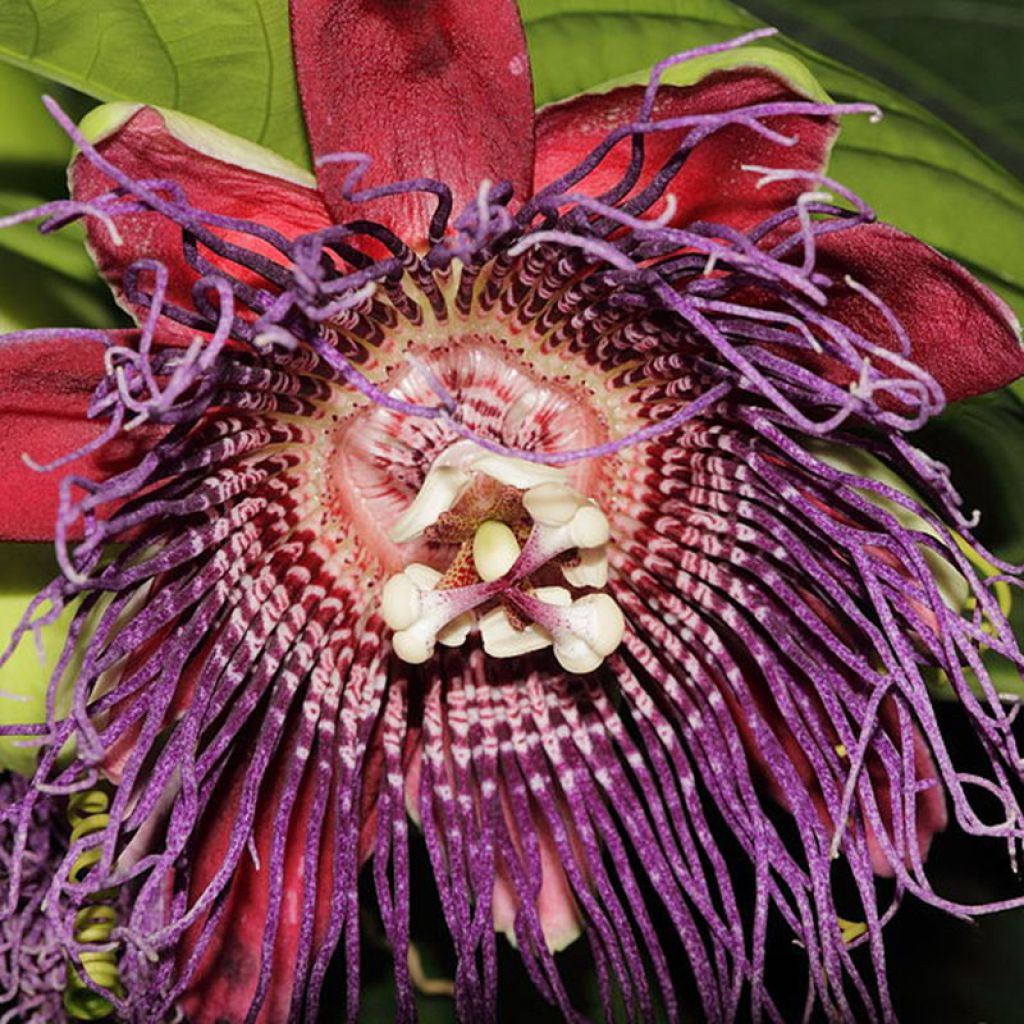

Passiflora quadrangularis
Passiflora quadrangularis
Passiflora quadrangularis
Giant Granadilla, Giant Tumbo, Barbadine, Badea, Square-stemmed Passion Fruit
The photos on the website are very beautiful, but unfortunately, what I received was a stem with a half-brown leaf. I would understand if there were a few additional leaves on the stem. I know very well that plants cannot be covered in flowers and leaves in November, BUT at least 5 or 6 additional leaves on the stem would have made it more acceptable.
Krasimir , 18/11/2025
Special offer!
Receive a €20 voucher for any order over €90 (excluding delivery costs, credit notes, and plastic-free options)!
1- Add your favorite plants to your cart.
2- Once you have reached €90, confirm your order (you can even choose the delivery date!).
3- As soon as your order is shipped, you will receive an email containing your voucher code, valid for 3 months (90 days).
Your voucher is unique and can only be used once, for any order with a minimum value of €20, excluding delivery costs.
Can be combined with other current offers, non-divisible and non-refundable.
Home or relay delivery (depending on size and destination)
Schedule delivery date,
and select date in basket
This plant carries a 6 months recovery warranty
More information
We guarantee the quality of our plants for a full growing cycle, and will replace at our expense any plant that fails to recover under normal climatic and planting conditions.
Would this plant suit my garden?
Set up your Plantfit profile →
Description
The Passiflora quadrangularis, also known as the Winged Passionflower, gets its name from the characteristic appearance of its quadrangular stems with sharp and membranous angles. It is one of the most beautiful passionflowers and a tender tropical vine in its natural habitat. It will reach more modest but still impressive dimensions when grown in the shelter of our greenhouses and verandas. It produces large and beautiful, highly fragrant flowers with carmine red petals topped by a curly violet and white filaments crown. This botanical species produces edible fruits, which are green-yellow and are sometimes called grenadines. They are mainly consumed as fruit juice. Although susceptible to frost, this passionflower is not only sumptuous but also more resistant to most passionflower diseases.
Primarily native to tropical areas of South America, passionflowers belong to the large family of Passifloraceae, which includes 400 species and numerous spontaneous or horticultural hybrids. The Passiflora quadrangularis, sometimes called the Giant Granadilla, is native to the floodplains of hot and humid tropical forests in Central and South America. In its natural environment, it can reach heights of over 40m (131ft).
This climbing plant attaches itself to its support using tendrils, reaching heights of over 6m (20ft) when grown in a large pot. It stands out from other passionflower species with its quadrangular stems adorned with small wings. These stems are evergreen, climbing and tendril-bearing. They bear entire, heart-shaped leaves measuring 7 to 13cm (3 to 5in) in length and 5 to 15cm (2 to 6in) in width, which are perfectly smooth and light green with dark green veins. These leaves are carried by long petioles shaped like gutters and have six glands. Its flowering period extends from early summer to early autumn, with large solitary flowers measuring 10cm (4in) in diameter continuously appearing on the plant. These pleasantly fragrant flowers have five large rose-red petals, green wash on the inside, and greenish undersides. The central crown is striped with white, pale violet, and dark purple. These colours give this flower a unique beauty. The stamen cluster is cream-white. The unusual shape of the flower is relatively brief. The petals and sepals curl, while the filament crown folds and straightens to avoid self-pollination. Once pollinated, the flowers give way to beautiful, edible, tasty oval fruits that turn orange when ripe. They measure 20 to 25cm (8 to 10in) in length and are covered with thick, fleshy skin. The fruit contains numerous flat seeds.
This non-hardy passionflower will delight owners of large, warm greenhouses or beautiful verandas. It thrives in ordinary but rich, moist, well-drained soil in a sunny and sheltered location. Pruning at the end of flowering involves reducing the branches to maintain a beautiful habit.
Note: Root growth is inhibited in a small pot, encouraging flowering. Conversely, root growth is encouraged in a large pot to the detriment of flowering.
Passiflora quadrangularis in pictures


Plant habit
Flowering
Foliage
Botanical data
Passiflora
quadrangularis
Passifloraceae
Giant Granadilla, Giant Tumbo, Barbadine, Badea, Square-stemmed Passion Fruit
Central America
Other Passionflowers
View all →Planting and care
The Passiflora quadrangularis is a plant that thrives in hot and humid greenhouse conditions, with plenty of sunlight and warmth. It should be protected from cold and drying winds. Plant it in a moderately sized pot to prevent excessive root growth at the expense of flowering. Use ordinary, deep, well-worked and well-draining soil. Provide support for the plant to handle its vigorous growth. Direct its branches onto the support structure. Pruning before winter is recommended to maintain a manageable size. Do not hesitate to trim the main branches to encourage growth. Remove dead or misplaced branches and prune excess growth to improve air circulation. Water regularly during the summer and reduce watering in winter. Apply flowering plant fertiliser throughout the growing season. Be mindful of mealybugs, whiteflies, and the cucumber mosaic virus. Take preventive measures, even though this botanical species is more resistant to passiflora diseases.
Planting period
Intended location
Care
Planting & care advice
-
, onOrder confirmed
Reply from on Promesse de fleurs
Similar products
Haven't found what you were looking for?
Hardiness is the lowest winter temperature a plant can endure without suffering serious damage or even dying. However, hardiness is affected by location (a sheltered area, such as a patio), protection (winter cover) and soil type (hardiness is improved by well-drained soil).

Photo Sharing Terms & Conditions
In order to encourage gardeners to interact and share their experiences, Promesse de fleurs offers various media enabling content to be uploaded onto its Site - in particular via the ‘Photo sharing’ module.
The User agrees to refrain from:
- Posting any content that is illegal, prejudicial, insulting, racist, inciteful to hatred, revisionist, contrary to public decency, that infringes on privacy or on the privacy rights of third parties, in particular the publicity rights of persons and goods, intellectual property rights, or the right to privacy.
- Submitting content on behalf of a third party;
- Impersonate the identity of a third party and/or publish any personal information about a third party;
In general, the User undertakes to refrain from any unethical behaviour.
All Content (in particular text, comments, files, images, photos, videos, creative works, etc.), which may be subject to property or intellectual property rights, image or other private rights, shall remain the property of the User, subject to the limited rights granted by the terms of the licence granted by Promesse de fleurs as stated below. Users are at liberty to publish or not to publish such Content on the Site, notably via the ‘Photo Sharing’ facility, and accept that this Content shall be made public and freely accessible, notably on the Internet.
Users further acknowledge, undertake to have ,and guarantee that they hold all necessary rights and permissions to publish such material on the Site, in particular with regard to the legislation in force pertaining to any privacy, property, intellectual property, image, or contractual rights, or rights of any other nature. By publishing such Content on the Site, Users acknowledge accepting full liability as publishers of the Content within the meaning of the law, and grant Promesse de fleurs, free of charge, an inclusive, worldwide licence for the said Content for the entire duration of its publication, including all reproduction, representation, up/downloading, displaying, performing, transmission, and storage rights.
Users also grant permission for their name to be linked to the Content and accept that this link may not always be made available.
By engaging in posting material, Users consent to their Content becoming automatically accessible on the Internet, in particular on other sites and/or blogs and/or web pages of the Promesse de fleurs site, including in particular social pages and the Promesse de fleurs catalogue.
Users may secure the removal of entrusted content free of charge by issuing a simple request via our contact form.
The flowering period indicated on our website applies to countries and regions located in USDA zone 8 (France, the United Kingdom, Ireland, the Netherlands, etc.)
It will vary according to where you live:
- In zones 9 to 10 (Italy, Spain, Greece, etc.), flowering will occur about 2 to 4 weeks earlier.
- In zones 6 to 7 (Germany, Poland, Slovenia, and lower mountainous regions), flowering will be delayed by 2 to 3 weeks.
- In zone 5 (Central Europe, Scandinavia), blooming will be delayed by 3 to 5 weeks.
In temperate climates, pruning of spring-flowering shrubs (forsythia, spireas, etc.) should be done just after flowering.
Pruning of summer-flowering shrubs (Indian Lilac, Perovskia, etc.) can be done in winter or spring.
In cold regions as well as with frost-sensitive plants, avoid pruning too early when severe frosts may still occur.
The planting period indicated on our website applies to countries and regions located in USDA zone 8 (France, United Kingdom, Ireland, Netherlands).
It will vary according to where you live:
- In Mediterranean zones (Marseille, Madrid, Milan, etc.), autumn and winter are the best planting periods.
- In continental zones (Strasbourg, Munich, Vienna, etc.), delay planting by 2 to 3 weeks in spring and bring it forward by 2 to 4 weeks in autumn.
- In mountainous regions (the Alps, Pyrenees, Carpathians, etc.), it is best to plant in late spring (May-June) or late summer (August-September).
The harvesting period indicated on our website applies to countries and regions in USDA zone 8 (France, England, Ireland, the Netherlands).
In colder areas (Scandinavia, Poland, Austria...) fruit and vegetable harvests are likely to be delayed by 3-4 weeks.
In warmer areas (Italy, Spain, Greece, etc.), harvesting will probably take place earlier, depending on weather conditions.
The sowing periods indicated on our website apply to countries and regions within USDA Zone 8 (France, UK, Ireland, Netherlands).
In colder areas (Scandinavia, Poland, Austria...), delay any outdoor sowing by 3-4 weeks, or sow under glass.
In warmer climes (Italy, Spain, Greece, etc.), bring outdoor sowing forward by a few weeks.






























